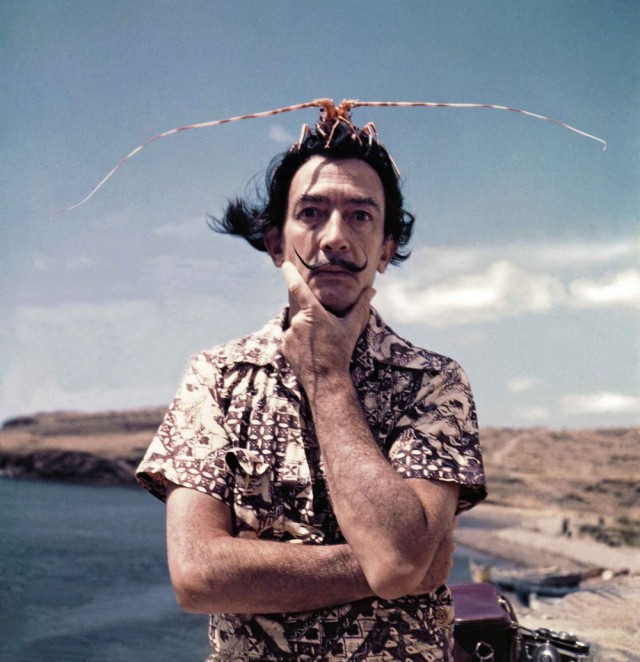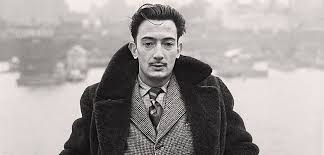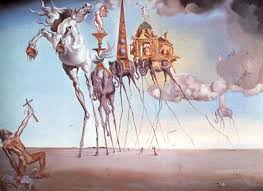
1904 - 1989
Salvador Dali

description
Spanish painter, graphic artist, sculptor, director and writer. One of the most famous figures in Surrealism, and author of “The Persistence of Memory”, one of the most famous paintings of the 20th century.
Dalí started painting at the age of four. He created his first serious work at the age of ten. It was a small impressionistic landscape, painted on a wooden board with oil paints. Henceforth, Dali spent whole days sitting in a small, specially allocated room and painting pictures. “I wanted to be given the laundry under the roof of our house. I got it and made it my own workshop, decorating it in the way I preferred,” he remembered later. Moreover, he liked to analyze the works of famous artists. He wrote and published essays about the works of Velazquez, Goya, El Greco, Michelangelo and Leonardo da Vinci.
Salvador Dalí was influenced by art from Renaissance, Impressionist, Pointillist and Cubist legends. The main content of his early works was landscaped in the vicinity of Figueras and Cadaques. “He drew passionately and greedily as if he was an obsessed person,” – said Salvador Dali about himself in the third person. In the late 1920s, Dali started creating Surrealist paintings, depicting his inner world, rather than the real one.
Some people who knew the artist said that he was a real narcissist and a madman. He enjoyed talking a lot about himself, and published diaries, biographies, wrote many poems, articles and other literary works. Salvador Dali even created several myths about himself. His enthusiasm for the persona of Adolf Hitler was a truly mysterious phenomenon, which led to a break with his friends and colleagues.
Key ideas:
– The artist often claimed that the world of art should not touch on political and historical events. (In spite of that, he painted the picture “Spain” when the war in his country had finished).
– His paintings, texts, films, installations, photo reports and ballet productions are distinguished by their irony and paradox. However, despite his combination of the incompatible, and his blending of soft and stiff stylistics, his compositions are built according to the rules of academic art.
– Dali developed his method of perceiving reality. It is based on the human ability to perceive multiple images within one object. The artist named it the “paranoiac-critical method” based on “irrational knowledge”. He employed the method in numerous pieces of art.
1904
1923
1925
1929
1951
1989
The birth of the artist
Dali started experimenting with Cubism

The first solo exhibition of Salvador Dali in Barcelona

Dali joined the movement of the Paris Surrealists

The theory of “atomic art”

The death of the genius

Salvador Dali
On Artist
flow
Cubism
Impressionism
Dada
friends
Juan Gris
Man Ray
Andy Warhole
Maruja Mallo
Federico Garcia Lorca
artists
Pablo Picasso
Otto Dix
Giorgio de Chirico
Arnold Böcklin
Joan Miro
Yves Tanguy
Max Ernst
Jean-Francois Millet
Andre Breton
Walt Disney
Ramon Pishot
Leonardo da Vinci
Michelangelo
El Greco
Francisco Goya
Diego Velazquez
By Artist
flow
Abstract expressionism
Surrealism
Pop-Art
Conceptualism
Performance Art
friends
Juan Gris
Man Ray
Andy Warhole
Maruja Mallo
Federico Garcia Lorca
artists
Carlos Quizpez Asín
Max Ernst
Jackson Pollock
Mark Rothko
